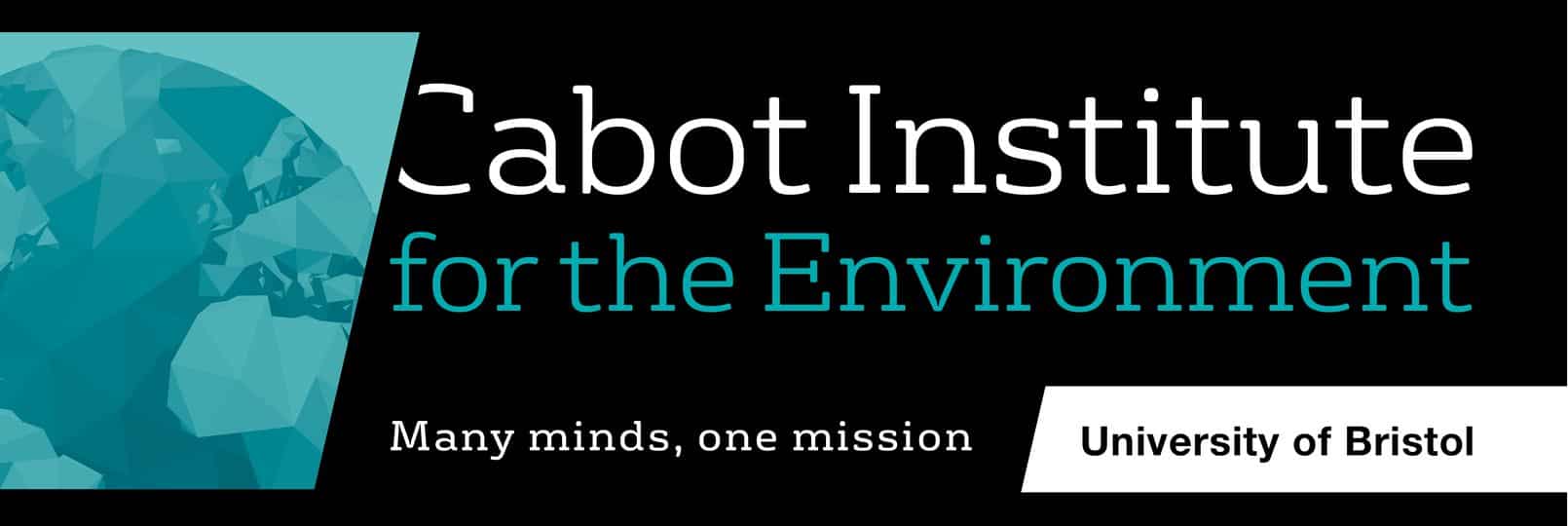This document aims to explain the work of the UNCCD, drawing on relevant developments in policy and practical examples of actions that can be to tackle land degradation and drought with a view to enhancing human health and well-being in the wake of the COVID-19 crisis. Protecting and restoring natural ecosystems is crucial for avoiding the well-understood risks of the emergence of novel infectious diseases. Land-based solutions that foster health and biodiversity offer innovative ways to tackle the pandemic. Land can play a key role in the prevention, preparedness, response, and recovery phases of the COVID-19 crisis.
Case studies show that poor and profligate land use policies:
- Increase the exposure of humans to viruses, increasing the risk of zoonotic disease emergence (e.g., the 2014 Ebola outbreak in the Congo Basin amplified by deforestation).
- Trigger food insecurity
- Limitations on the availability of clean water, sanitation, and basic hand-washing facilities
Other case studies demonstrate the efficacy of:
- Farmer Managed Natural Regeneration (aka Regreening)
- Mobilizing financial resources into land-based projects and programs (e.g., success in water storage in Jamaica) and the reclamation of the Loess Plateau in China
Long term, “building back better” interventions proposed include:
- Crafting a social contract with Nature
- Investing in R&D at the environment and health nexus
- Enhancing coherence and synergy among the multitude of actors affected by land use policy
- Full involvement of the stakeholders, including women and children
- Technology transfer (“across the SDGs and their 169 targets, 70 per cent of the targets could be enabled by the Fourth Industrial Revolution technology applications already in deployment”)
- Reimagining financial systems
- Fostering an enabling environment for land tenure security
- Use the proposition that farmland restoration for 17″2 million hectares could generate 14.08 gigatons reduced CO2 by 2050″ to leverage ecosystem restoration in support of the SDGs
All case studies and other research cited are elaborated via links to more specifics.




